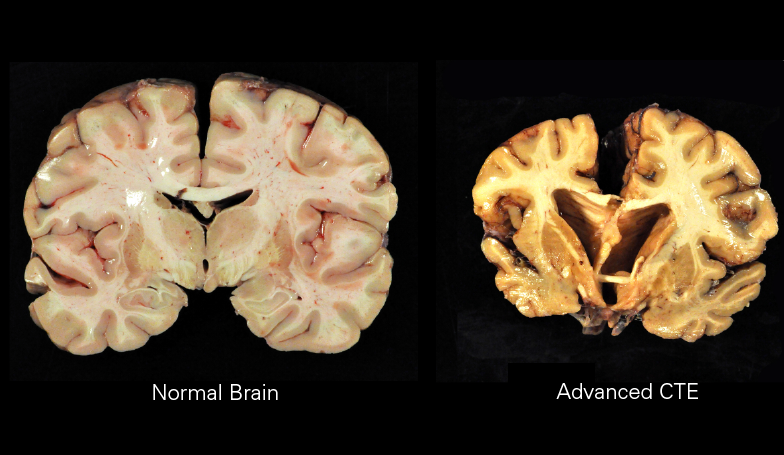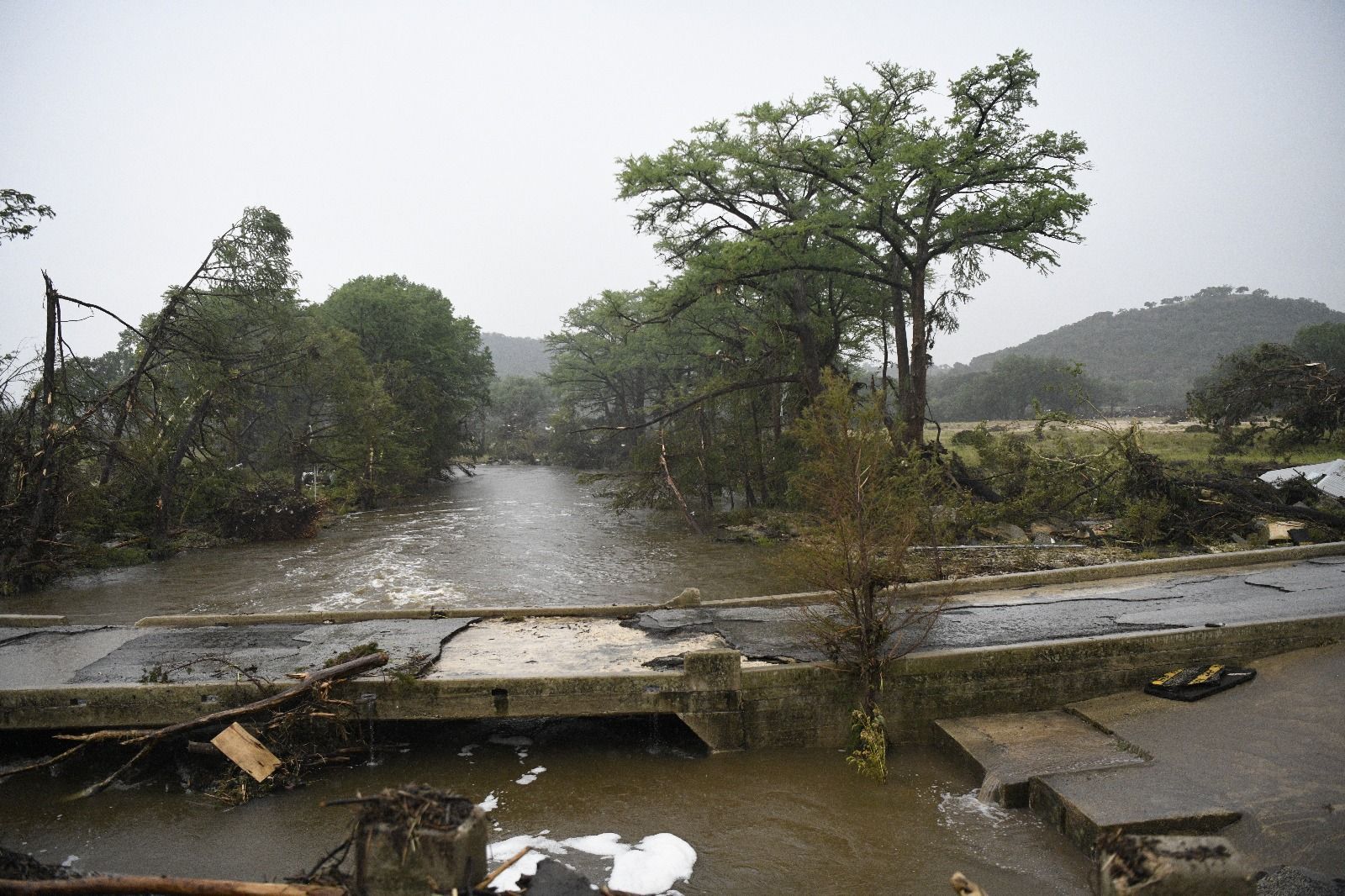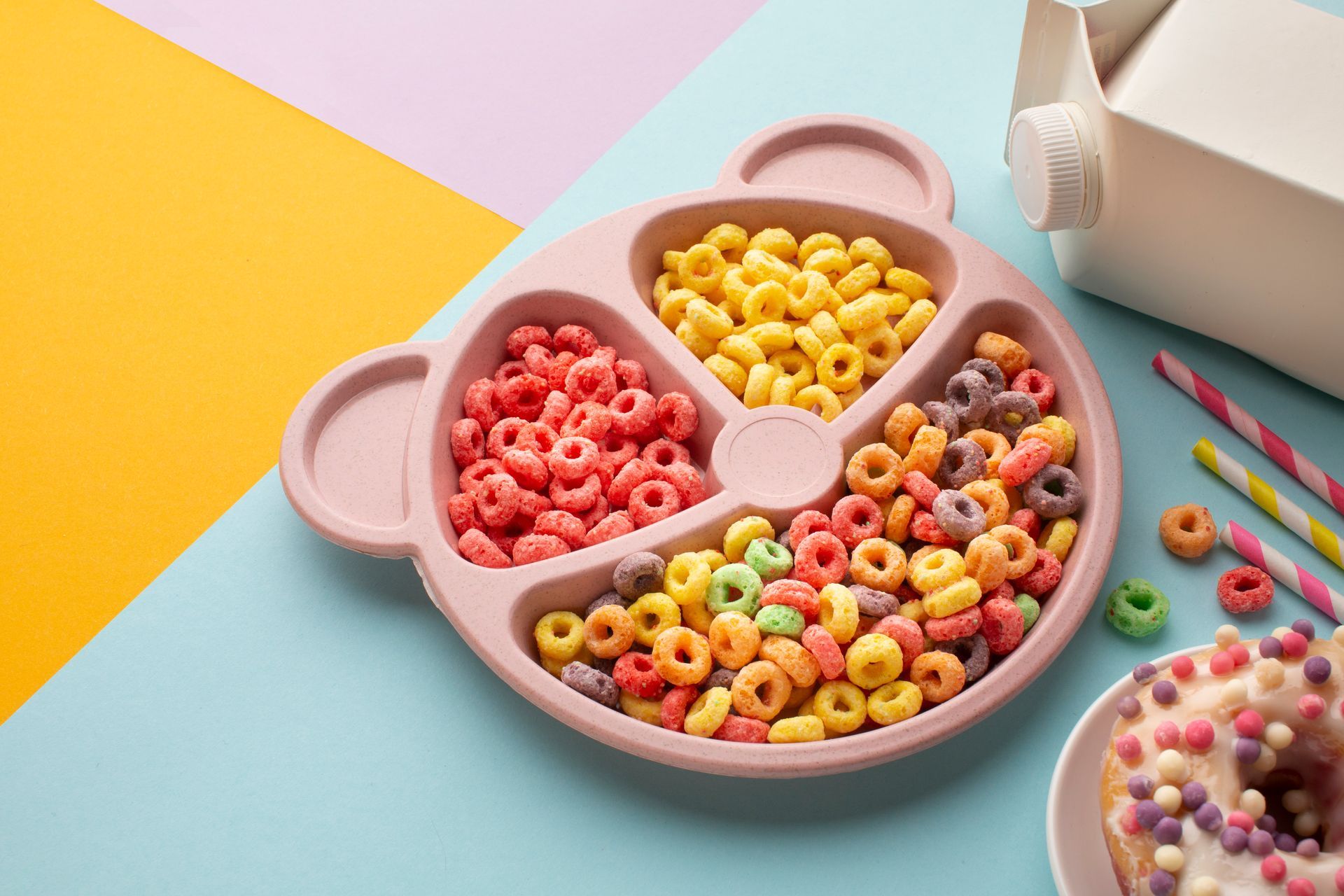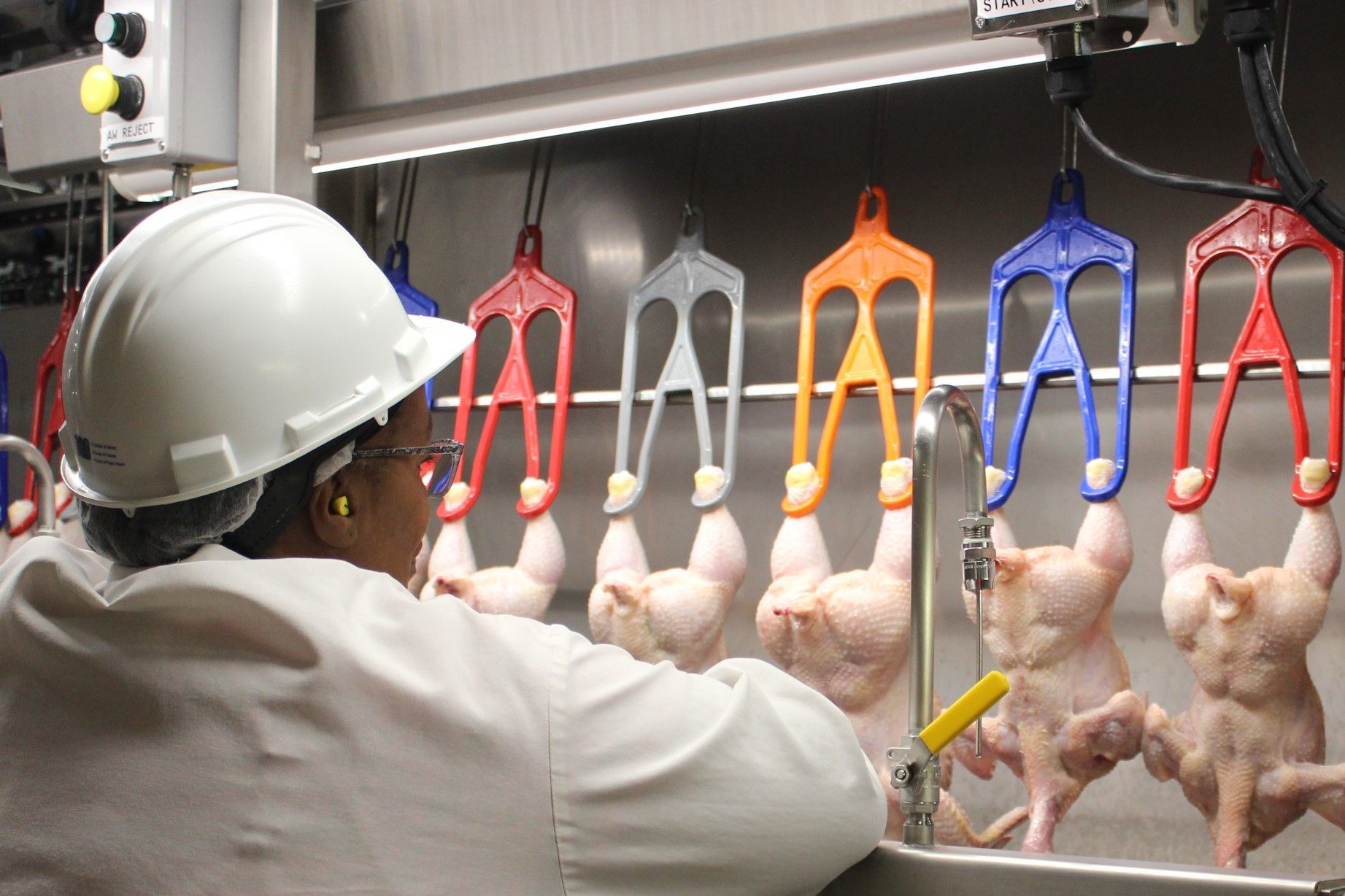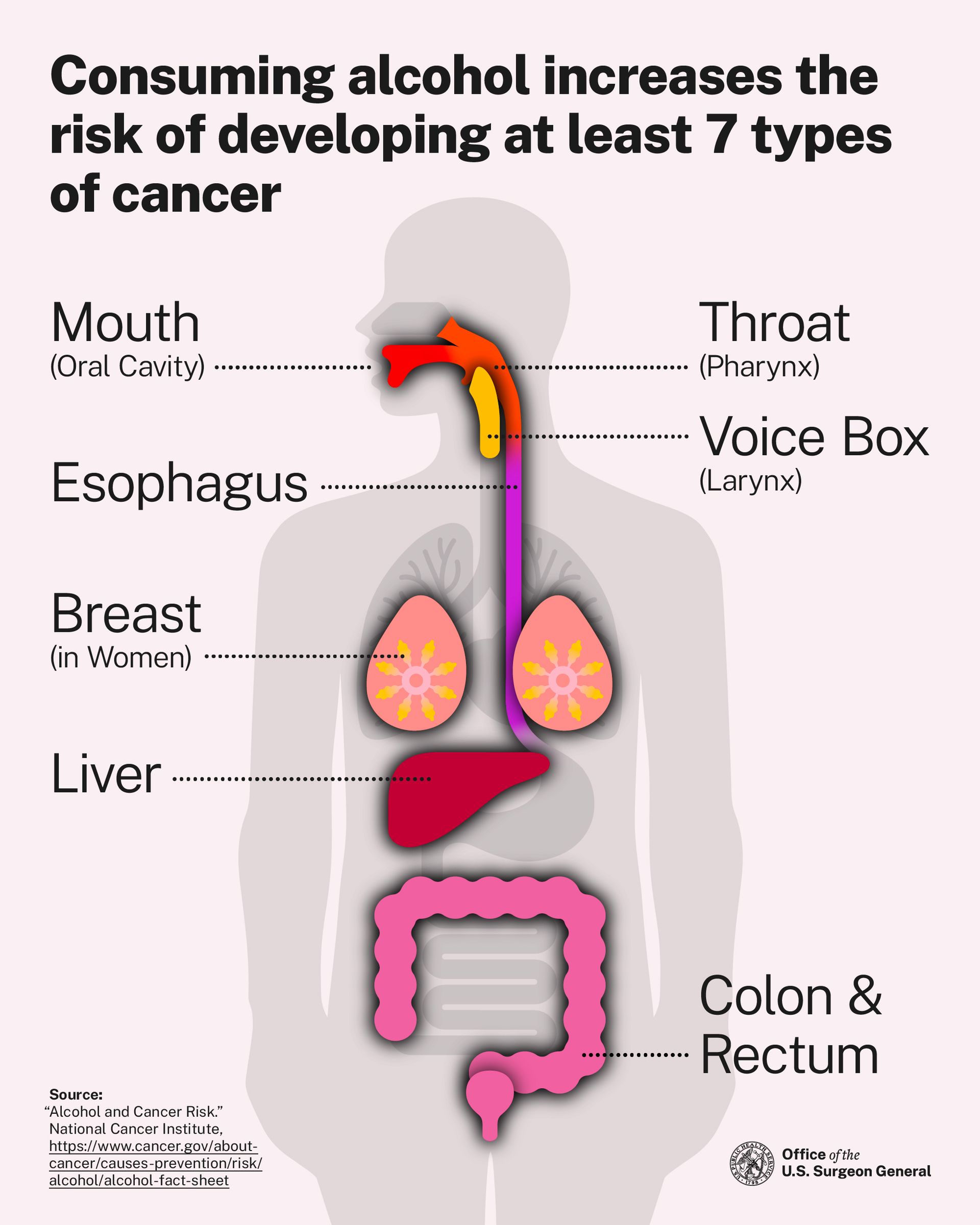WARNING: IS ELON MUSK'S DEPARTMENT OF GOVERNMENT EFFICIENCY JEOPARDIZING AIR SAFETY?
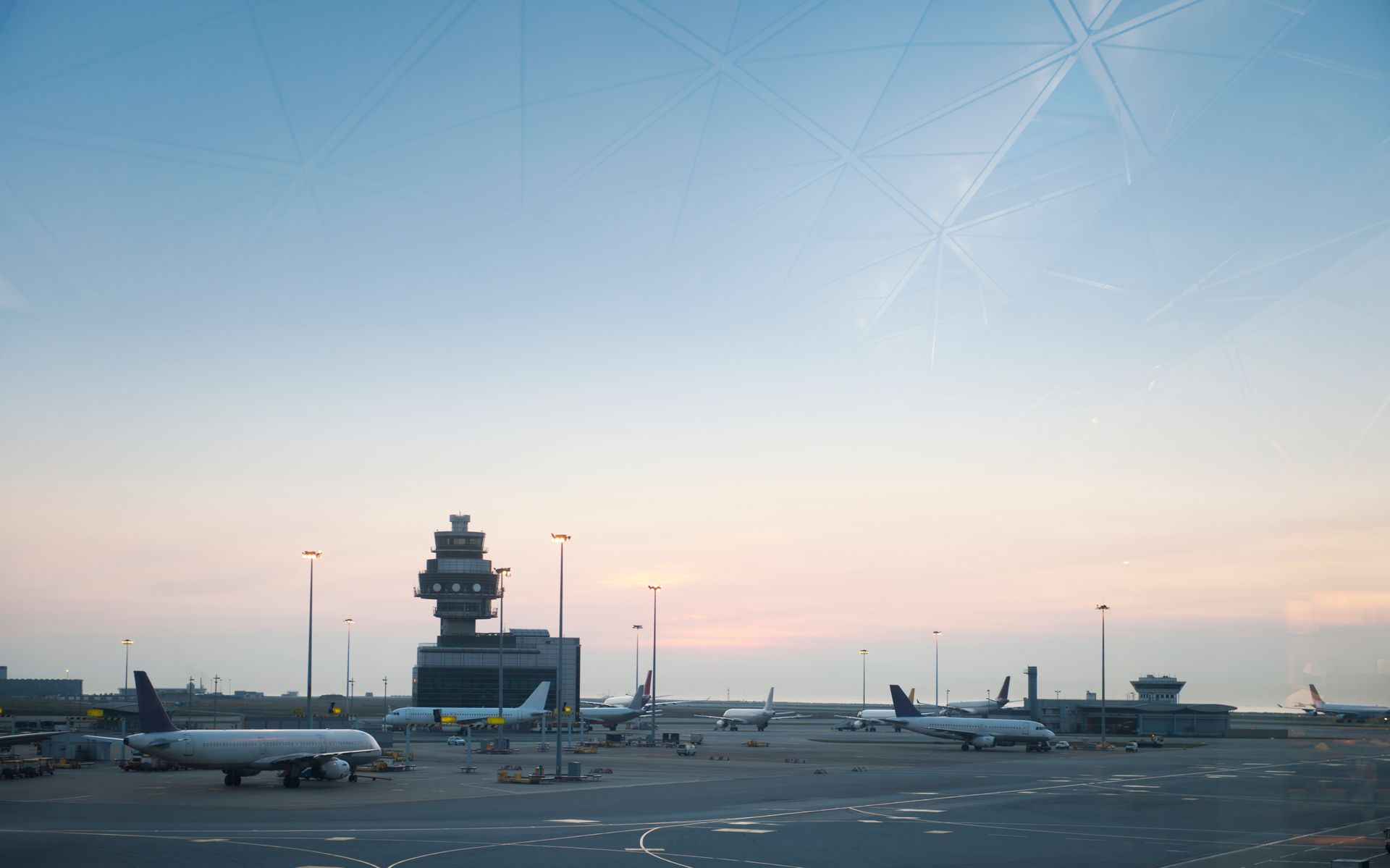
As Elon Musk's Department of Government Efficiency (DGE) pushes for sweeping reforms and cost-cutting across federal agencies, concerns are mounting over the impact on critical public safety roles. Among the most alarming areas affected is the Federal Aviation Administration (FAA), where staff reductions may threaten the lives of millions of air travelers.
The DGE, established with a mandate to streamline government operations and reduce bureaucratic waste, has come under fire for its aggressive downsizing tactics. Critics warn that essential safety personnel, including air traffic controllers, are being cut under the guise of efficiency, leaving the nation's airspace dangerously understaffed.
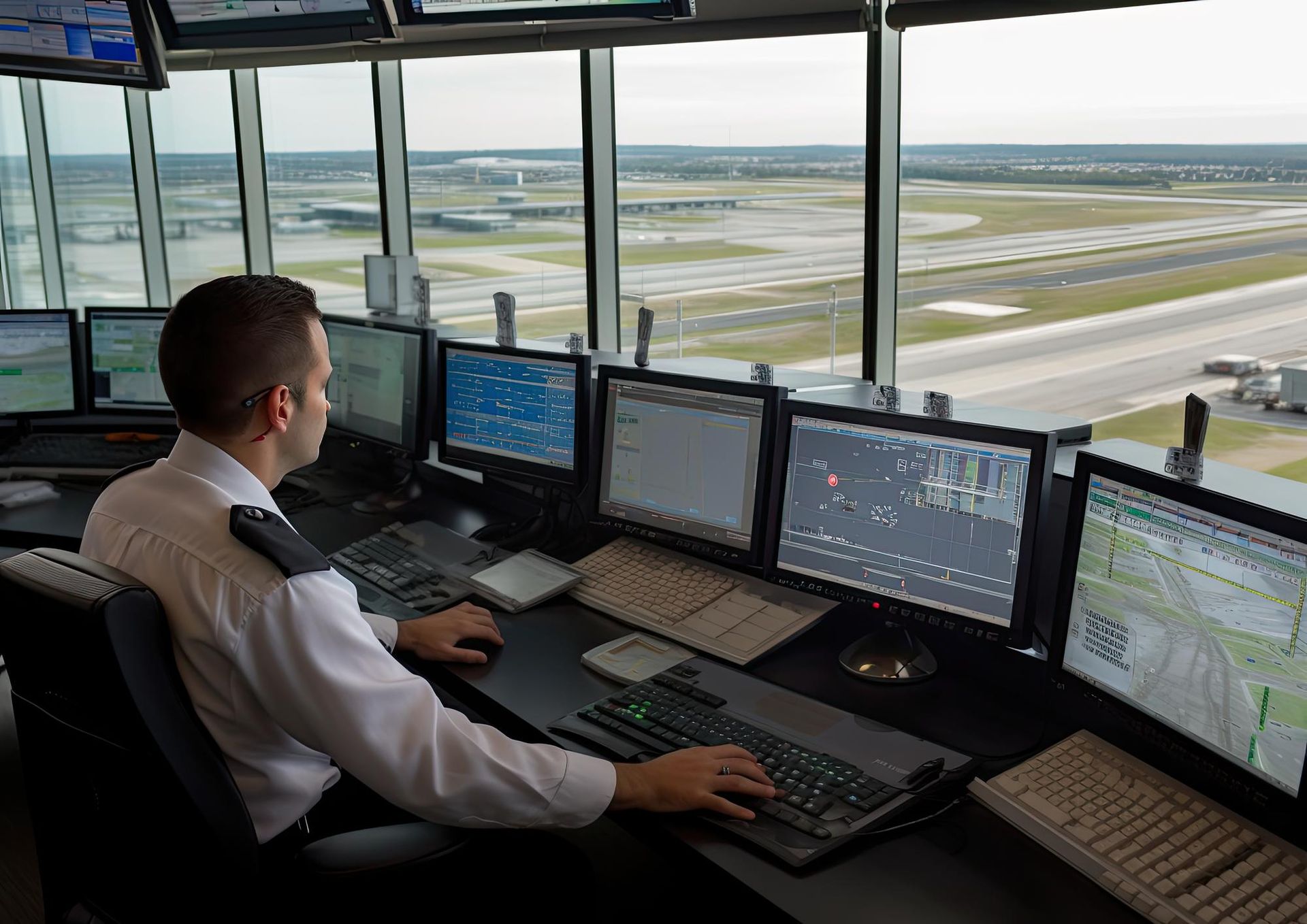
The FAA's Staffing Shortage: A Brewing Disaster
The FAA, the agency responsible for managing the nation's airspace and ensuring the safety of millions of travelers, is currently facing a significant staffing shortfall. According to a 2023 report by the Office of Inspector General, the FAA employed 3,000 fewer certified professional controllers than necessary, resulting in widespread fatigue, operational strain, and elevated risks of errors.
Experts link this crisis, in part, to the DGE's sweeping mandates to trim government payrolls. With a focus on reducing headcount and operational costs, the agency has reportedly accelerated retirements and limited hiring. This has exacerbated an already dire situation in which air traffic controllers are overworked and under-supported.
How Efficiency Mandates Threaten Public Safety
The push for government efficiency is not new, but the DGE's approach has raised red flags due to its indiscriminate cuts across vital agencies. Air traffic control is a prime example of how a one-size-fits-all efficiency model can backfire in high-stakes environments. Reducing staff in roles where precision, expertise, and rapid decision-making are crucial directly undermines public safety.
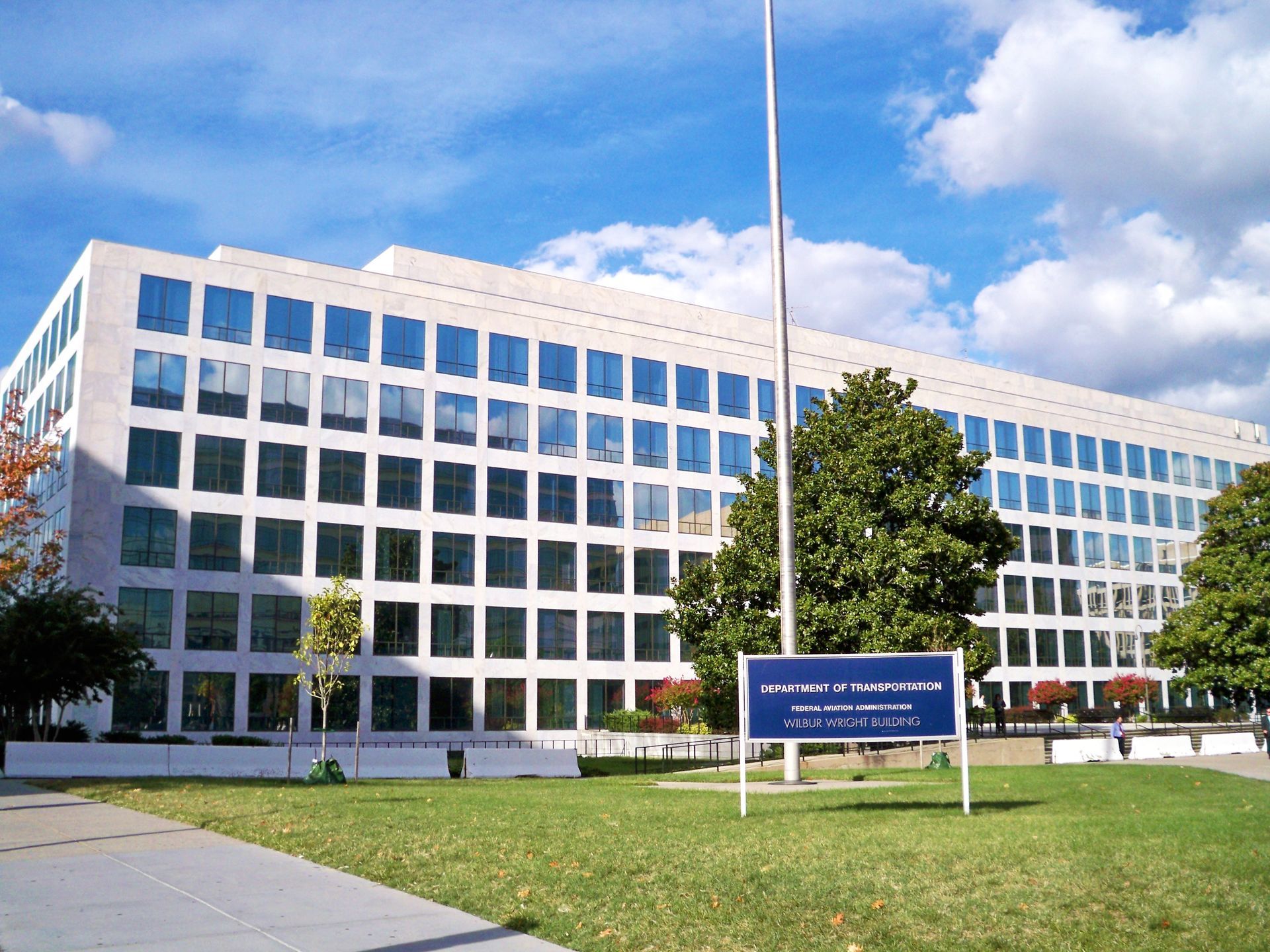
FAA Headquarters – The Heart of U.S. Aviation Safety
Moreover, the DGE's emphasis on "lean operations" may overlook the unique demands of safety-critical fields. In industries like aviation, cutting corners to save costs can have life-or-death consequences. Safety experts warn that a failure to maintain adequate staffing and resources will inevitably lead to more near-misses and potentially fatal accidents.
Real-World Consequences of Staffing Cuts
For everyday travelers, these systemic issues translate into tangible risks. Increased flight delays, communication breakdowns, and more frequent near-misses underscore the human cost of administrative neglect and corporate interference.
In a recent near-catastrophe, two commercial aircraft came within 100 feet of colliding at a major U.S. airport—an incident attributed in part to an overworked and understaffed control tower. Such incidents highlight the stakes when efficiency mandates are prioritized over public welfare.
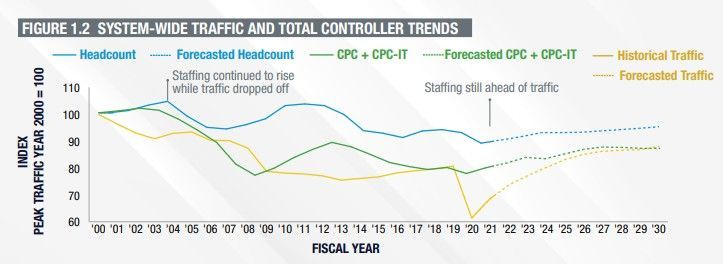
This graph illustrates total workforce operations from 1998 to 2020, showing a decline after peak traffic in the early 2000s. While a post-pandemic recovery is forecasted, staffing shortages remain a key challenge for aviation safety. Source: FAA Air Traffic Controller Workforce Plan (2021)
This year alone, there have been four major aviation accidents that may be linked to these staffing shortages:
- Washington, D.C. (January 29, 2025): A Bombardier CRJ700 operating as American Airlines Flight 5342 collided with a U.S. Army Sikorsky UH-60 Black Hawk helicopter over the Potomac River near Ronald Reagan Washington National Airport. All 64 people on the CRJ700 and three on the helicopter perished.
- Philadelphia (January 31, 2025): A Learjet 55 operating as Med Jets Flight 056 crashed shortly after takeoff from Northeast Philadelphia Airport, resulting in the deaths of all six onboard and one person on the ground. The crash also injured at least 24 others and caused significant property damage.
- Alaska (February 6, 2025): A Cessna 208B Grand Caravan EX operating as Bering Air Flight 445 disappeared from radar 10 minutes before its scheduled arrival in Nome. The wreckage was found 34 miles from Nome, with all 10 occupants deceased.
- Toronto (February 17, 2025): A Bombardier CRJ900 operating as Delta Connection Flight 4819 crashed and overturned while landing at Toronto Pearson International Airport. All 80 occupants survived, though 21 sustained injuries.
Aviation analyst Michael Torres emphasizes the broader implications: “We’re seeing a culture shift where quick profits and operational cost-cutting overshadow the essential work of public service. But when it comes to air safety, the margin for error is zero.”

Emergency crews respond to the mid-air collision of American Airlines Flight 5342 and a U.S. Army Black Hawk near Reagan National Airport, claiming 67 lives.
Source: Wikipedia
What Needs to Change
Addressing these challenges requires a multi-faceted approach. Advocacy groups are calling for increased federal funding to support air traffic control staffing and better oversight to insulate public agencies from aggressive efficiency mandates. Additionally, policy reforms could ensure that agencies like the FAA retain the independence needed to prioritize public safety over corporate-style cost-cutting.
For concerned citizens, raising awareness is a first step. Contacting lawmakers, supporting worker advocacy groups, and staying informed about the intersection of corporate efficiency and public policy can drive meaningful change.
The skies above us are not the place for experiments in extreme efficiency. It’s time to ensure that air safety remains the top priority—before cost-cutting measures cost lives.


